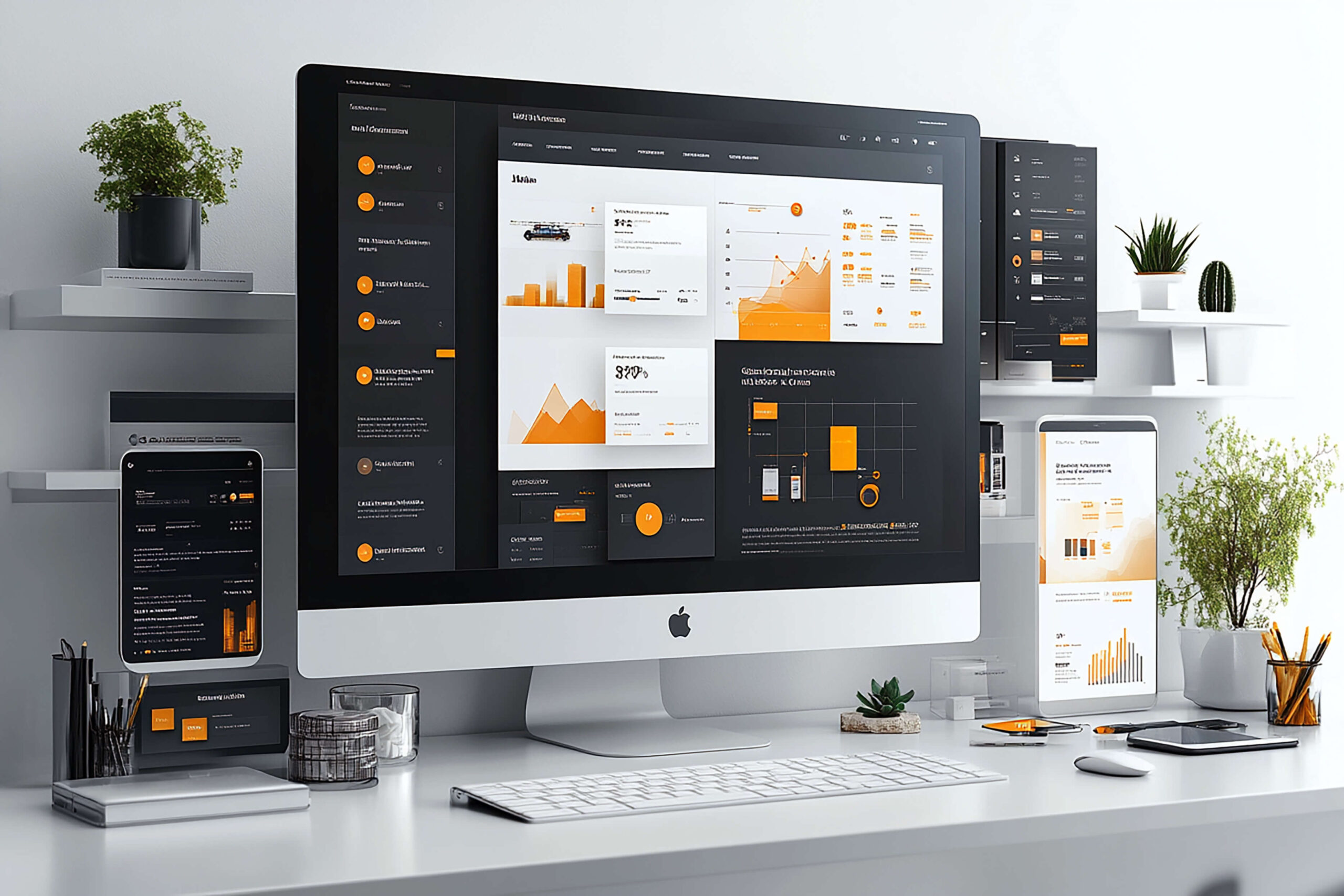
Mastering On-Page SEO: How to Optimize Your Website for Higher Rankings
On-page SEO is the foundation for improving your website’s visibility in search engines. By optimizing individual elements on each page, you can boost your site’s ranking and user experience. Here’s how to master it:
1. Crafting High-Quality Content
Content is the cornerstone of SEO. Google rewards pages that provide valuable, well-written, and relevant content that meets user intent.
Key Steps:
- Target Keywords: Use keyword research to find terms your audience is searching for and incorporate them naturally throughout your content.
- Focus on User Intent: Address what your audience is looking for with clear, concise, and informative answers.
- Regularly Update Content: Refresh old content and add new insights to keep it relevant.
2. Optimizing Title Tags and Meta Descriptions
Title tags and meta descriptions are the first things users and search engines see in search results. They play a significant role in click-through rates (CTR) and rankings.
Best Practices:
- Include Primary Keywords: Make sure your main keyword is naturally included in your title tag.
- Keep it Concise: Title tags should be under 60 characters, and meta descriptions under 160.
- Create Compelling Descriptions: Write meta descriptions that accurately describe your content and entice users to click.
3. Header Tags for Structure
Header tags (H1, H2, H3) help organize your content and signal the importance of different sections. They improve readability for both users and search engines.
Tips for Header Tags:
- Use H1 for the Page Title: Ensure there’s only one H1 tag, which should contain the main focus of the page.
- Use Subheadings: Break up content into smaller sections using H2 and H3 tags, incorporating secondary keywords where relevant.
- Optimize for Readability: Structure your content so it’s easy to scan, improving user engagement.
4. Image Optimization
Images make content more engaging, but they also need to be optimized for SEO. Proper image optimization can improve load times and accessibility.
Image SEO Checklist:
- Use Descriptive File Names: Before uploading, rename image files to something relevant to the content, including keywords if possible.
- Alt Text for Accessibility and SEO: Write descriptive alt text that helps search engines understand the image and improves accessibility for visually impaired users.
- Compress Images: Use tools to reduce file sizes without sacrificing quality to improve page speed.
5. Internal Linking
Internal links connect different pages on your website, helping search engines crawl and index your content while also boosting user navigation.
Internal Linking Tips:
- Link to Relevant Content: Link related articles or pages naturally within your content to keep users engaged.
- Use Descriptive Anchor Text: Use relevant keywords in the anchor text to help search engines understand the context of the link.
- Create a Logical Link Structure: Ensure that important pages are linked often throughout your site to improve their visibility.
6. Improving URL Structure
URLs should be clean, descriptive, and easy to understand for both users and search engines.
Effective URL Guidelines:
- Include Keywords: Incorporate primary keywords in the URL to help with relevance.
- Keep It Short: Use short, descriptive URLs, avoiding unnecessary words or characters.
- Use Hyphens to Separate Words: Make URLs readable by using hyphens instead of underscores.
7. Mobile Optimization
With the majority of users accessing websites from mobile devices, mobile optimization is critical for on-page SEO.
Mobile Optimization Tips:
- Responsive Design: Ensure your website adjusts properly to different screen sizes and devices.
- Improve Load Times: Compress images, reduce redirects, and use caching to improve speed.
- Test for Mobile Usability: Use tools like Google’s Mobile-Friendly Test to ensure your site functions well on smartphones and tablets.
8. Page Speed Optimization
Fast-loading pages not only offer a better user experience but also help with rankings since page speed is a key ranking factor.
Ways to Speed Up Your Site:
- Minify Code: Reduce the size of HTML, CSS, and JavaScript files by removing unnecessary characters.
- Enable Browser Caching: Use browser caching to store certain elements so that they load faster on repeat visits.
- Use a Content Delivery Network (CDN): Distribute your site’s content across multiple servers to improve load times globally.
9. Schema Markup for Rich Snippets
Schema markup is a form of structured data that helps search engines better understand your content, potentially earning you rich snippets (such as review stars, event times, or product prices) in search results.
How to Use Schema:
- Implement Structured Data: Use Google’s Structured Data Markup Helper to add schema to your pages, such as product, event, or FAQ schema.
- Test Your Markup: Use Google’s Rich Results Testing Tool to ensure the schema is implemented correctly.
10. Optimize for Featured Snippets
Featured snippets are short answers pulled from a webpage and displayed at the top of Google’s search results. Optimizing your content to appear as a featured snippet can significantly boost traffic.
Steps to Optimize for Snippets:
- Answer Questions Clearly: Create concise answers to common user questions and structure content in a way that’s easy for Google to pull.
- Use Lists and Tables: Use bullet points, numbered lists, or tables, as these formats are often used for snippets.
- Research Targeted Keywords: Focus on long-tail keywords and questions that align with the type of featured snippet you want.
Conclusion
Mastering on-page SEO is essential for improving your website’s search rankings and enhancing the user experience. By focusing on key elements like content quality, technical optimization, and user experience, you can ensure your site is fully optimized to attract more traffic and rank higher on search engine results pages (SERPs). Implementing these best practices can lead to sustained growth and success in SEO.

